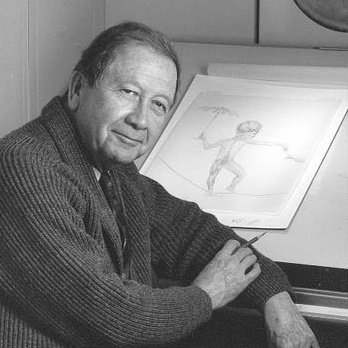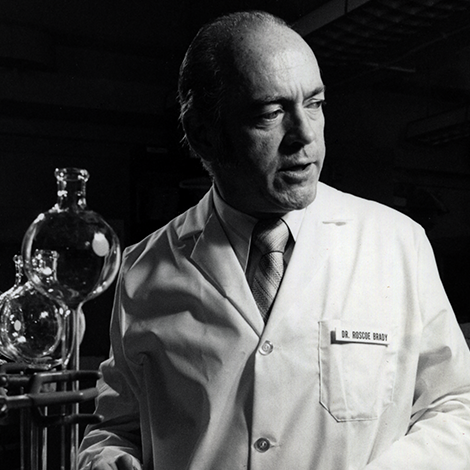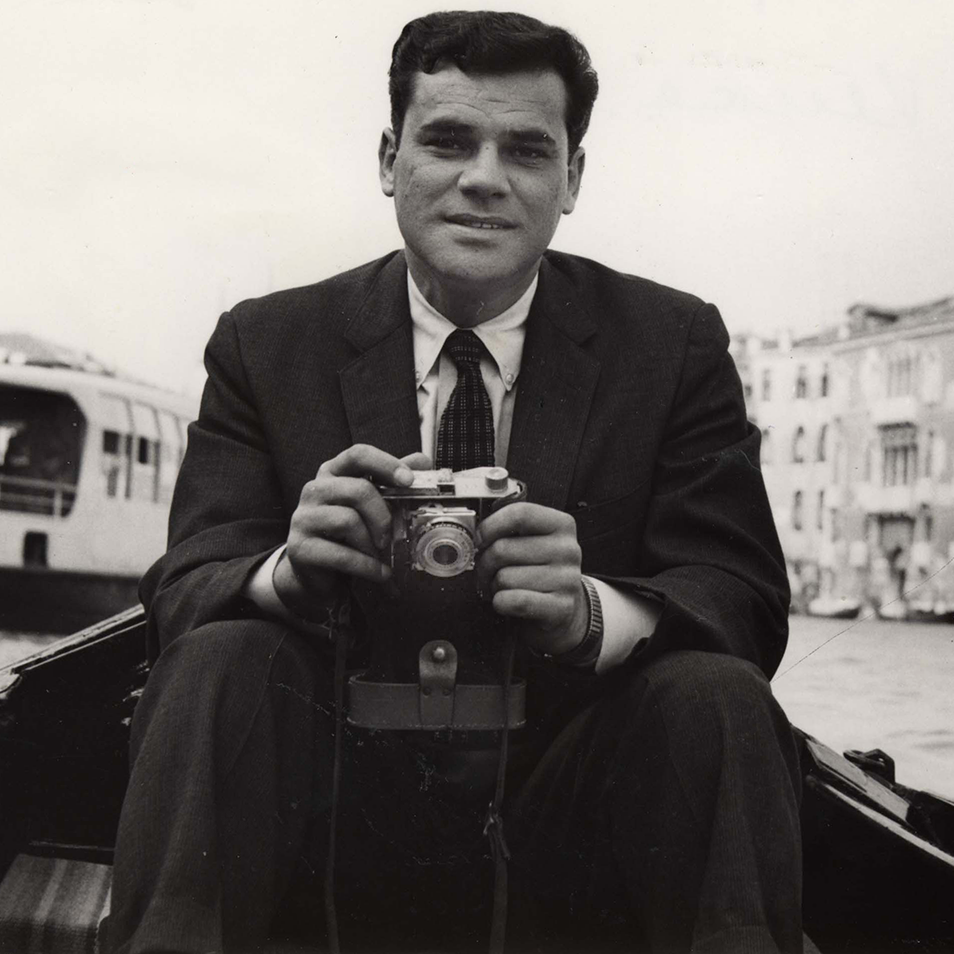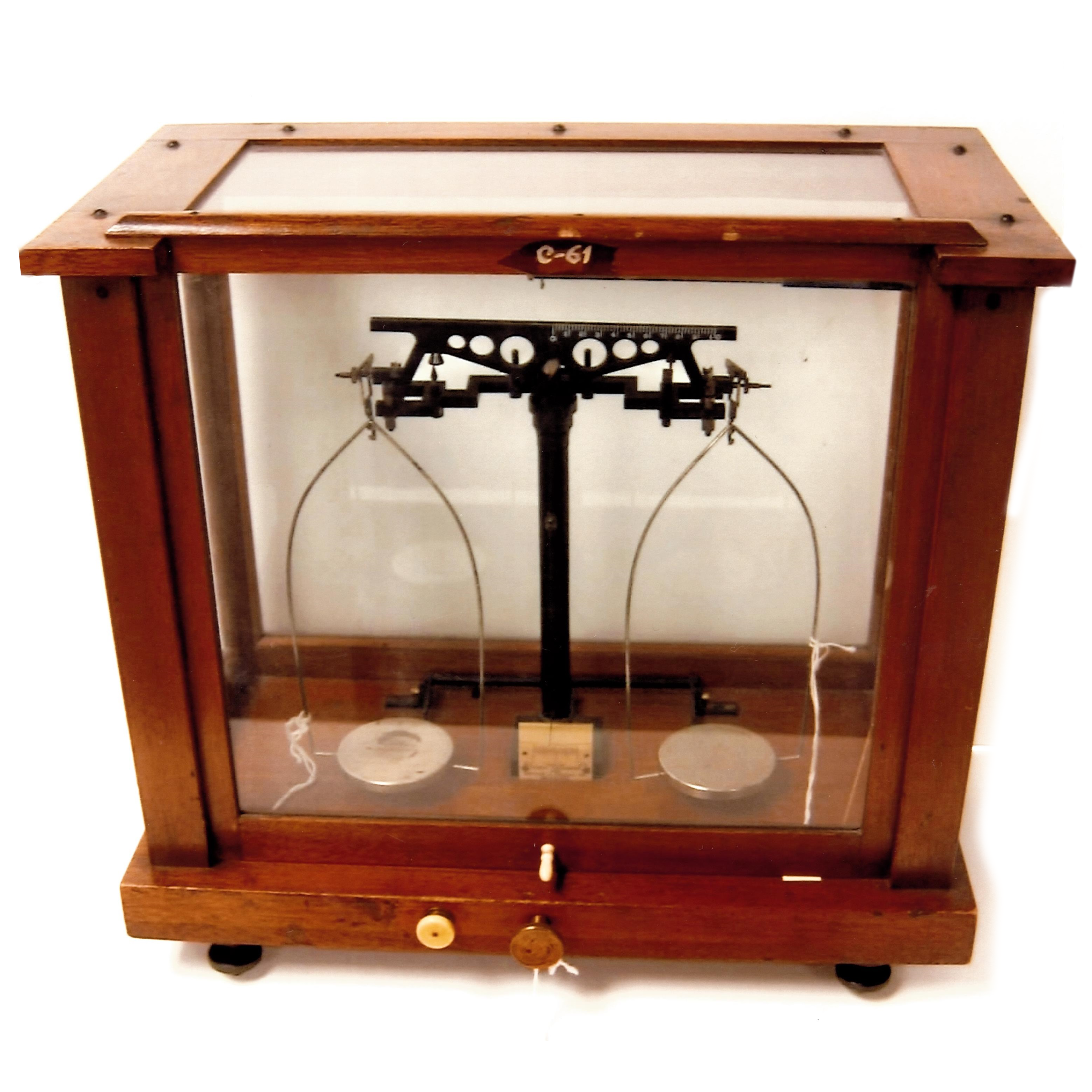Exhibits Overview Gallery
Explore the Nobel Prize-winning work of Marshall Nirenberg, who deciphered the genetic code with the help of NIH colleagues, enabling genetics to become a central scientific field.
The scientific power couple of Thressa and Earl Stadtman developed a unique way to train scientists; they each made significant scientific contributions too.
Learn about the first person to describe the nervous system, including intricate neurons, in exquisite and artistic detail was Santiago Ramón y Cajal.
Dr. Joseph Goldberger discovered the cause of pellagra, a disease that killed many poor Southerners in the early part of the 20th century. His finding that pellagra was caused by a diet deficient in vitamin B was met by political and social resistance.
Margaret Pittman
Margaret Pittman arrived at NIH in 1936, beginning a career that would span 57 years and make her an internationally renowned expert on vaccines and serums, as well as the first female laboratory chief at the NIH.
Changing Times
Who would think that coloring books would provide a glimpse at nearly 40 years of Clinical Center history, each reflecting changing times and telling their own stories about the people who created them?
Pretty Patches
Because employees designed these patches, they reveal how people thought about their work at the Clinical Center—sometimes as a heroic struggle and sometimes with humor.
Harry Truman
See photo albums from the 1948 Open House at NIH, which helped explain the Clinical Center concept to the public, and President Harry Truman's laying of the hospital's cornerstone in 1951.
Microscopes
Learn about the scientists behind their microscopes and the vast array of microscopes used at the NIH.
Howard Bartner, an NIH medical illustrator, devoted 40 years to portraying human anatomy in his drawings.
Is there a disease? What causes it? Can we prevent, treat, or cure it? Roscoe Brady's research into Gaucher's disease answered all three questions.
Studying hormones, Martin Rodbell discovered how cells respond to signals, explaining how our bodies make sense of the world and win a Nobel Prize.
The colorful glow of fluorescent chemicals can identify and measure tiny amounts of substances in the body. This spectrophotofluorometer invented by Robert Bowman did just that.
Discover the history of the home pregnancy test—developed at the NIH—and examine its place in our culture.
Learn how the NIH Total Opiate Synthesis freed us from dependence upon flowers for painkillers and opened the door to new ones.
Siemens 1-A Electron Microscope
All sorts of viruses were visualized for the first time on this Siemens 1-A Electron Microscope used by Albert Kapikian.
Varian A-60 NMR
The Varian A-60 NMR (nuclear magnetic resonance) spectrometer was the first low-cost instrument of its kind, producing a magnetic resonance image (MRI) that NIH scientists used to study topics such as how the brain develops as children grow.
This snapshot of some of the computing tools used in NIH labs highlights objects that are now in the NIH Stetten Museum collection.
See a cross-section of precision instruments from our collection used at NIH between 1945 and 1965.
Discover one of the most important tools in furthering our understanding of human biology and medicine dating back to 5,000 B.C.
Discover a collection of 24 medical posters drawn by artists at the NIH, representing topics from arthritis to women's health.
Pain is a universally known and feared human condition, but it's also one of the least understood. Learn about NIH research on different facets of pain.























